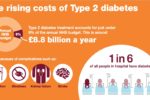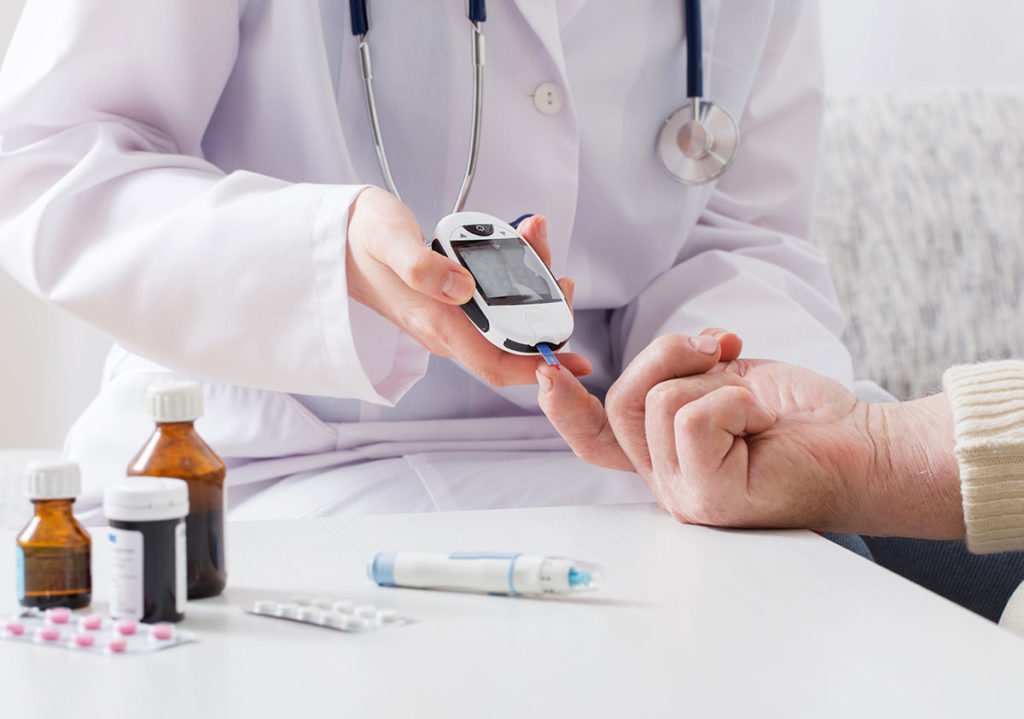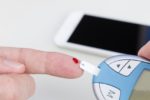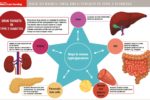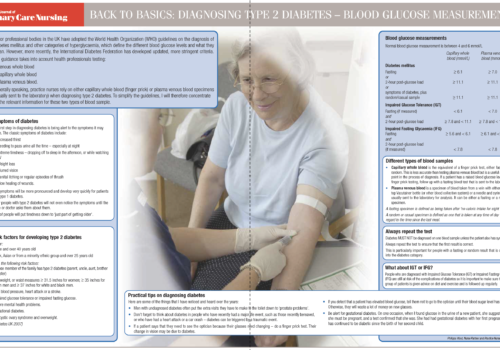At last, the updated NICE (National Institute for Health and Clinical Excellence) guideline for the management of type 2 diabetes has been published. It includes an update on the management of blood glucose, blood pressure, lipids, renal function and retinopathy, but the key priorities for implementation are based on taking a patient-centred approach to care. In this article, we will focus on the important areas of patient education, dietary assessment, setting targets for HbA1c, self-monitoring and starting insulin therapy.
